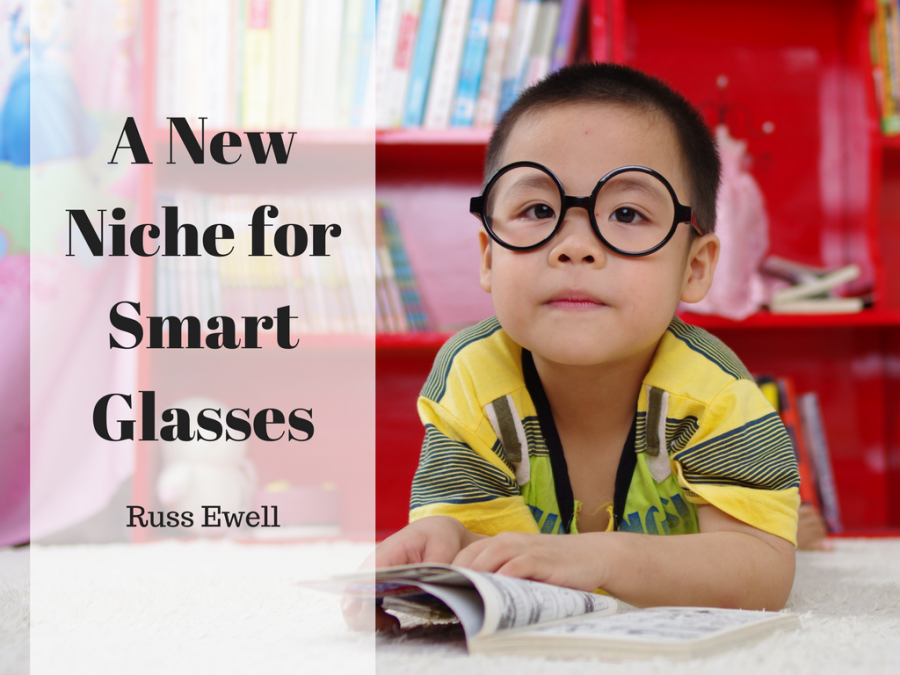Wearable technology is a relatively recent field that has exploded in popularity in recent years. The Fitbit and similar smartwatches are near-ubiquitous and can be seen on wrists young and old. Medical devices have gained popularity in the industry for their ability to enable patients to monitor their own health.
However, it hasn’t been all revolutionary breakthroughs. Some products do not resonate as well as others. Smart eyewear has become the black sheep of the wearable family, lampooned for its strange appearance and debatable utility. The challenge with these glasses seems to be making a device that people would actually want to wear, with companies such as Intel edging closer to that sweet spot.
Even as smart eyewear struggles to find its place in the world of wearables, it does find a niche helping special needs children learn. Technology such as non-traditional keyboards designed for autistic students is already popular among education professionals working with these children. Google Glass, the poster child for misguided attempts at eyewear technology, has nevertheless rebranded itself as a product for businesses looking to improve the skills of their workers on the spot. Additionally, it has promised utility for the classroom, helping autistic children learn.
Among these students, the results have been noteworthy. All eight children tested by Harvard University’s Department of Psychology were able to successfully use the device without stress. Researchers used smartglasses as a way to help children identify social cues based on facial expressions and other minute changes that autistic individuals have difficulty identifying. They also discussed the need for devices that are aesthetically pleasing, so that the users are less likely to face stigma for their use. All participants did, however, report that they would be willing to use the glasses again in a different setting.
As with anything else designed for special needs students, it is important that their opinions are solicited before coming to any conclusions. If the technology is untested, it can be uncomfortable for the individuals at best or overwhelming at worst. Caregivers can be fundamental in ensuring that these devices supplement the help that they are already providing. In this way, Google Glass seems to be a great method for teaching the subtleties of social interaction that may be hard to impart through other educational methods. Smartglasses worn on a consistent basis can provide support on the spot, with the potential to radically affect a child’s perceptions of the environments in which he or she grows up. This, in turn, can lead to positive improvement in development and psychological well-being.
That said, it is still not a perfect technology. Less-than-stellar attitudes toward smartglasses may make some less willing to use them in social situations. Additionally, physical concerns about the glasses staying in place with head movements are also worth noting.

